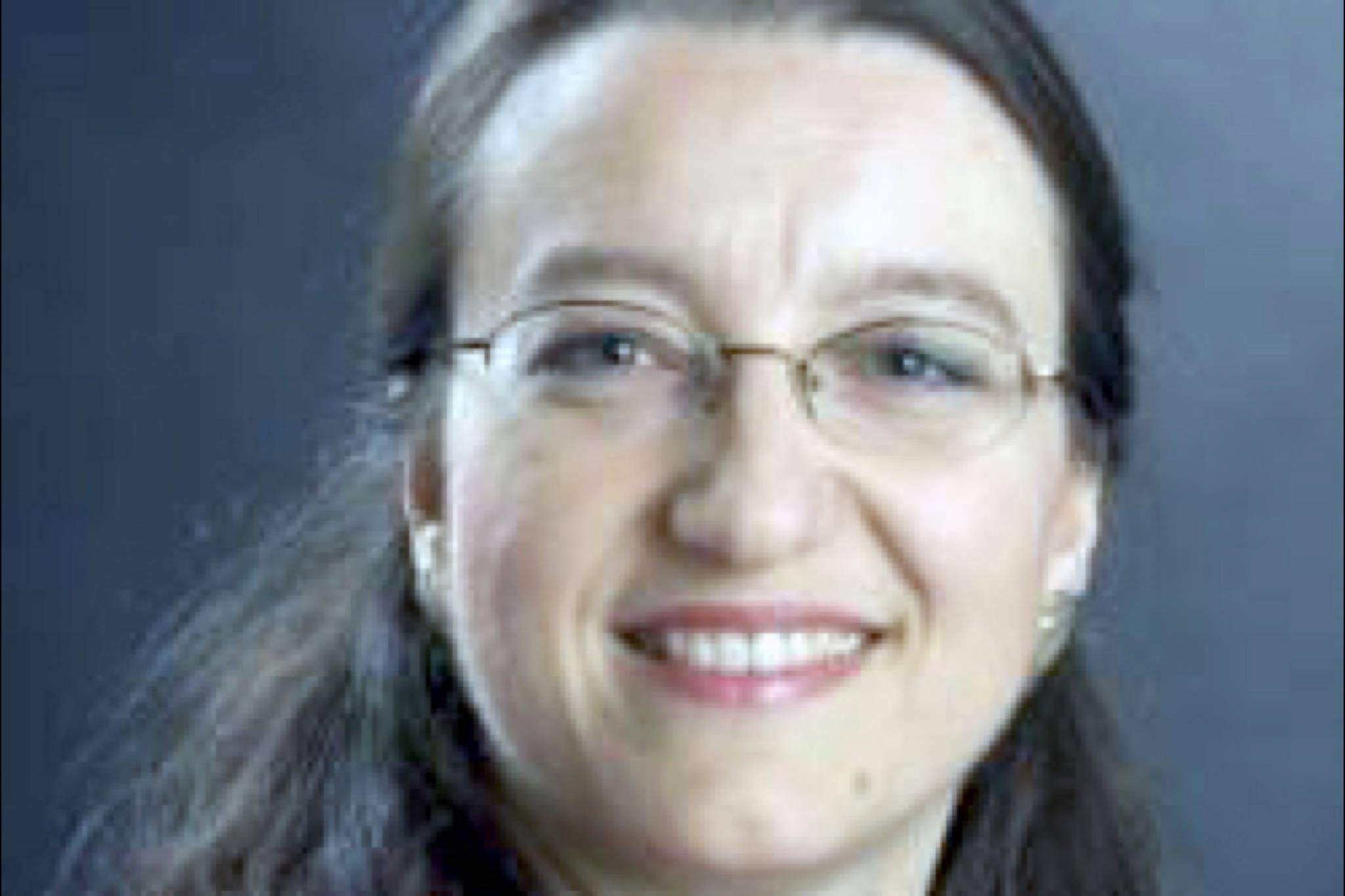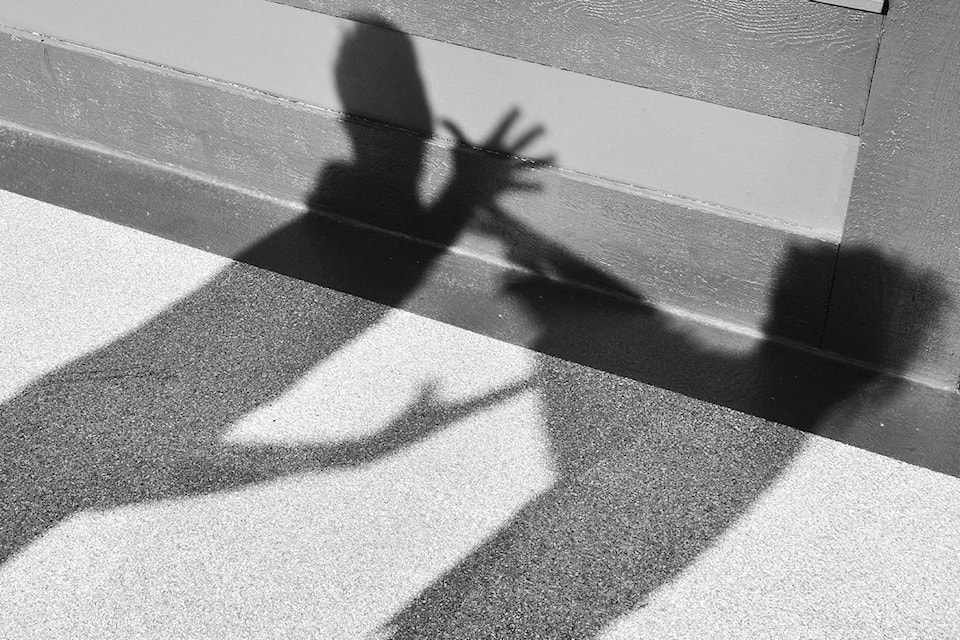The Canadian Institutes of Health Research released a report this week highlighting the fact that the rate of discrimination and bullying experienced by students who identify as LGBTQ is three times higher than for heterosexual youth.
Dr. Elizabeth Saewyc is a CIHR-funded researcher and spoke to me about her extensive research on bullying and the LGBTQ community. The key finding noted above did not surprise me. What did shock me was what she termed a “surprise find,” which was that more inclusive and respectful climates at schools — including Gay-Straight Alliances (GSAs) or other socially active groups — actually reduced suicides and suicide attempts by 50 per cent for straight males.
This info slapped me from my morning newspaper-building routine. It immediately took me back to Grade 9, when I was an undersized, under-achieving victim of two bullies. GSAs were not a thing when I was in junior high so there was no atmosphere of acceptance.
READ MORE: LGBTQ health disparity study in B.C. leads to surprise finding
My size disadvantage set the stage for this mistreatment way back in Grade 1. I demonstrated a quickness for learning and overall aptitude for the curriculum early on, and the teachers recommended that I be moved up to Grade 2 to challenge and accelerate my schooling.
I was too young to understand the ramifications, and my parents thought it was a brilliant opportunity to have my instruction match my energy and hunger for learning while gaining a year of my life. And why would they think otherwise, as it appeared to be a win-win?
What no one thought about at the time was the impact of dropping an already small-for-his-age student into a higher grade bracket. I quickly realized that most of the kids in my homeroom class resented my presence, and they assumed I was arrogant. I was too terrified of the bigger kids to think I was superior.
This imbalance finally took root in Grade 9, when the older kids hit puberty and were lucky enough to have growth spurts.
One boy, in particular — John M. — was merciless in his torment of the smaller boys in our grade. He would regularly take the rubber insert from the handles of his Adidas bag and whip the smaller boys with it. It left welts on our arms and back for days. I was afraid to show my arms or back to my family and worked to hide the bruises.
He would also slap or punch us in the hallways with no provocation. He would do it hard enough to inflict pain, but not so hard that it would do lasting damage. He wanted us to know he COULD knock us out if he chose. Fear was his currency. He was also verbally abusive, using vulgar put-downs as knives — the bigger the audience, the better for him.
This abuse irreparably damaged my self-esteem. I spiralled into complete apathy in a month. Some days I couldn’t be bothered to wash my greasy hair. As you’d imagine, this was like painting a target on my back for my bully.
I developed intense anxiety, especially when having to walk the gauntlet of the main hallway, knowing I was likely to be hit or ridiculed. After walking through the front door of the school, my palms would start to sweat, my breathing would get shallow and my stomach would tie up.
Finally, during one particularly humiliating game of “why are you punching yourself?” in front of the entire class and before the teacher arrived, I stood up. John M. was stunned.
“Oh, so you’re standing up now?”
“My dad said I should stand up to bullying.”
I was so naive that I thought my dad meant to literally stand up. Somehow it worked. I blocked his punches and he got bored and went to another, less-resistant victim.
Before that pivotal moment in the abuse cycle, my only escape from the torment — playing hockey — was also overtaken by another bully.
The boys my own age — a year behind me in school — resented the fact that I’d skipped a grade. Ironic. The post-puberty Mike H. was huge for his age and the best player on our team. Unfortunately, he also knew it and for some reason liked to slash or cross-check me in practice and use homophobic slurs to turn the screws. Yes, he was my teammate.
The most common putdown in minor hockey in the late ’70s was to call someone a “fag.” It was so common that it lost its sting over time. Well, at least for those of us who were not gay or queer. Yes, I also used the slur during games.
The anxiety and pain from his constant cheap-shots — verbal and literal — boiled over during one intense scrimmage when he slashed me on the back of my legs, as usual, for no reason. I snapped and went at him with a series of cross-checks. Over and over I cross-checked him in the chest. The coaches finally split us apart yet I was still furious and calling him out.
I was straight and was scarred for my life by this homophobic harassment. Imagine having to endure this kind of taunting, this verbal and physical abuse, as an LGBTQ person. Oh, and I didn’t have social media and cyber-bullying to deal with in the late ’70s, either.
Luckily, I had parents who were always there to support me, and a close group of friends who accepted me and stood up for me when things got nasty.
Dr. Saewyc outlined two primary ways to combat bullying: Establish peer groups like GSAs in schools and empower adults to clearly outline and demonstrate inclusive behaviour and call out bullying when they see or hear it happening. The target is to create an atmosphere where bullying is not the norm and students feel comfortable being themselves regardless of which self that happens to be. It’s one of the leading paths of speculation for that statistic quoted earlier showing a 50 per cent reduction in suicide attempts by straight males.
So it’s not just about standing up for yourself, it’s standing up for everyone around you.
@johnkwhite
john.white@castlegarnews.com
Like us on Facebook and follow us on Twitter

